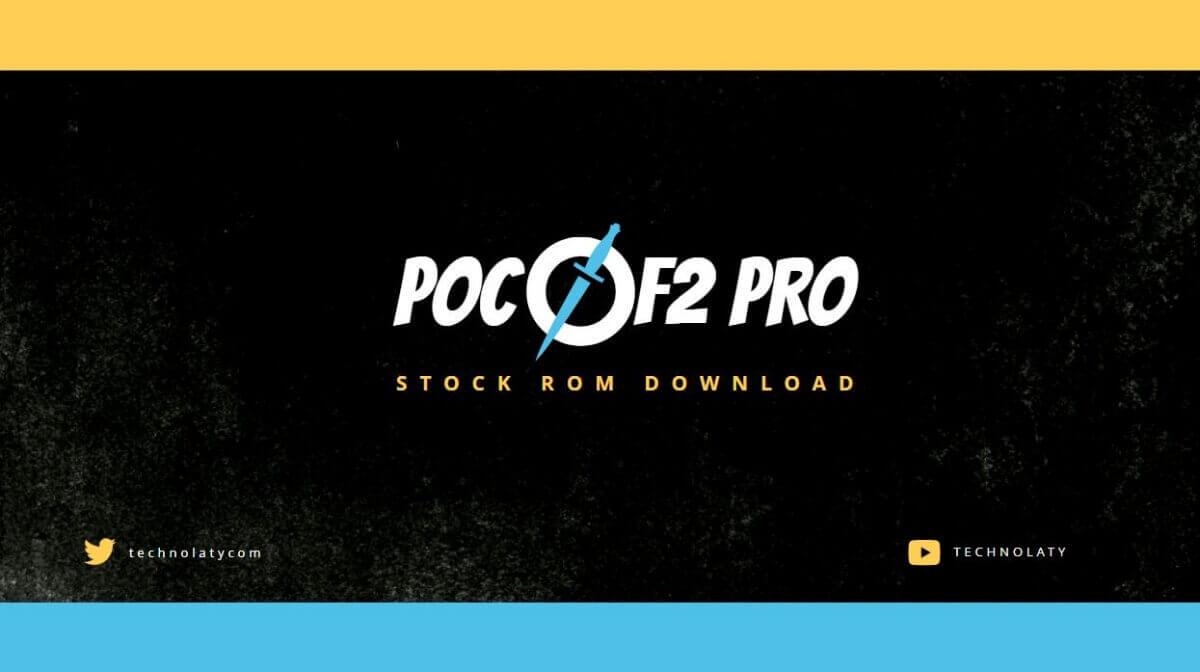
In the test, the battery indicator jumped from 4 to 60 percentage points within 30 minutes. The battery was fully charged again in less than an hour. The cell phone is charged with a maximum of 33 watts, the Poco X3 Pro does not support wireless charging. Nevertheless, in terms of battery performance and charging speed, the cell phone is still up to date. The dynamic adjustment to the requirements (you need full power for games, a low frequency is also sufficient when looking at photos) keeps the energy requirement in check.
Xiaomi even started brands like Redmi & POCO and made them go independent. These brands are now capturing the budget segments like no one else, especially POCO. XIAOMI POCO X3 NFC use Qualcomm Snapdragon 732G processor with 8 nm processor technology. For a good smartphone experience, it is important to know about the specs of a phone before you decide to buy it. However, the technical features of a smartphone is not the only thing that matters. Since you will be carrying your phone around most of the time, having a good-looking phone is important as well. Also, one of the first things that attracts us to a smartphone is how it looks.
Speaking of performance, Xiaomi claims MIUI 13 outperforms other Android skins in Master Lu’s fluency test. Plus, it has added advanced multitasking capabilities, allowing users to have up to 14 apps active in the background on flagship phones. The USB Driver for Xiaomi Poco X3 Pro is an essential component. Without that, the connection will not work correctly when you were developing your phone. The smartphone packs a 6.67-inch IPS LCD 120Hz display, a high-performance Snapdragon 732G SOC, and a 5160mAh battery. Known as one of the best price/performance devices in its segment, the POCO X3 NFC is very impressive. POCO X3 NFC is a smartphone developed by POCO, a subsidiary of Xiaomi.

With a new focus on the youth market, Poco has chosen a slightly different approach for the X3 Pro. The ultrawide can take some usable shots, but images lack sharpness, and there’s a color temperature disparity. For what it’s worth, there is a dedicated night mode for the ultrawide (which most Poco and Redmi phones don’t have) that does deliver a slightly better image. The macro sensor is borderline unusable, and you’ll have to take a ton of photos to get a single serviceable shot from it. While I’m not sure how much the flagship-level ISP of the Snapdragon 860 is responsible for this, the images stock ROMs from the 48MP camera are pretty good in daylight scenarios.